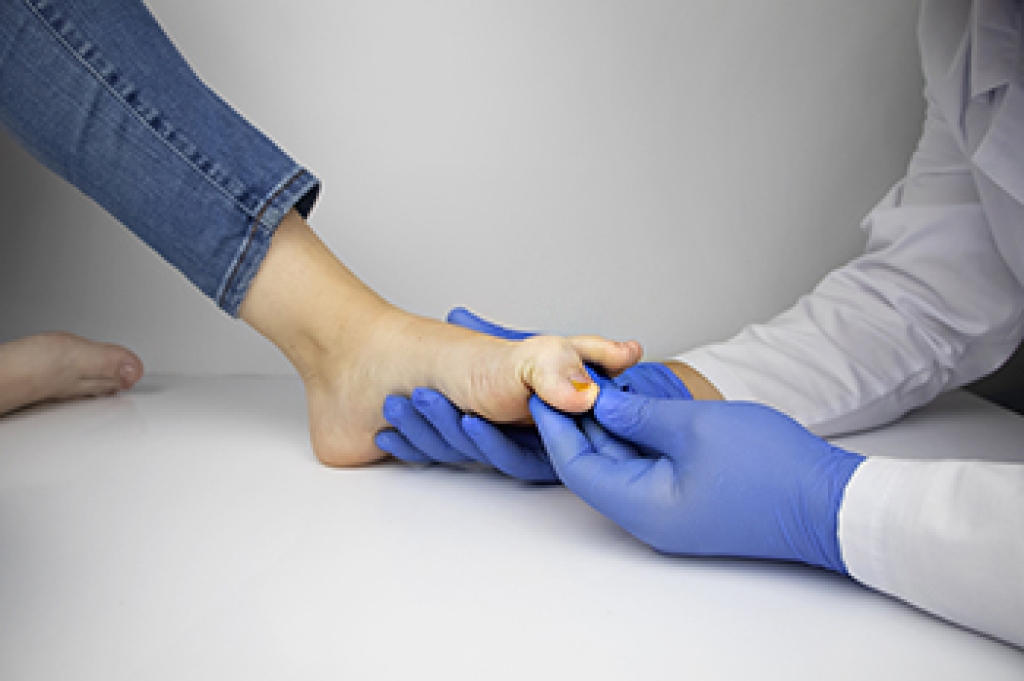
A puncture wound on the foot occurs when a sharp object penetrates the skin and creates a small but deep injury that can easily introduce bacteria. Common causes include stepping on nails, splinters, glass, or metal fragments, especially while walking barefoot or wearing thin-soled shoes. Proper management is important because these wounds can trap debris and lead to infection. Care often involves thorough cleaning, appropriate medicine to prevent infection, a tetanus vaccine if needed, and, in some cases, surgery to remove foreign material or treat deeper damage. A podiatrist can assess the injury, provide precise wound care, and monitor healing to avoid complications. If you have sustained a puncture wound on your foot, it is suggested that you promptly consult a podiatrist for safe and effective treatment.
Wound care is an important part in dealing with diabetes. If you have diabetes and a foot wound or would like more information about wound care for diabetics, consult with one of our podiatrists from ABC Podiatry. Our doctors will assess your condition and provide you with quality foot and ankle treatment.
What Is Wound Care?
Wound care is the practice of taking proper care of a wound. This can range from the smallest to the largest of wounds. While everyone can benefit from proper wound care, it is much more important for diabetics. Diabetics often suffer from poor blood circulation which causes wounds to heal much slower than they would in a non-diabetic.
What Is the Importance of Wound Care?
While it may not seem apparent with small ulcers on the foot, for diabetics, any size ulcer can become infected. Diabetics often also suffer from neuropathy, or nerve loss. This means they might not even feel when they have an ulcer on their foot. If the wound becomes severely infected, amputation may be necessary. Therefore, it is of the upmost importance to properly care for any and all foot wounds.
How to Care for Wounds
The best way to care for foot wounds is to prevent them. For diabetics, this means daily inspections of the feet for any signs of abnormalities or ulcers. It is also recommended to see a podiatrist several times a year for a foot inspection. If you do have an ulcer, run the wound under water to clear dirt from the wound; then apply antibiotic ointment to the wound and cover with a bandage. Bandages should be changed daily and keeping pressure off the wound is smart. It is advised to see a podiatrist, who can keep an eye on it.
If you have any questions please contact our office located in Columbus, OH . We offer the newest diagnostic and treatment technologies for all your foot and ankle needs.








